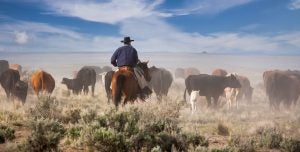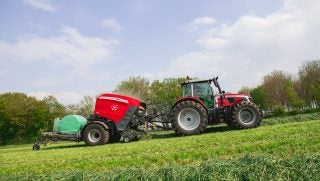Droughts across the U.S. continue to impact the nation’s cattle inventories.
According to the cattle report published by the U.S. Department of Agriculture’s National Agricultural Statistics Service, 95.9 million head of cattle and calves were on U.S. farms as of July 1, 2023 — down 3 percent from last year.
That’s the lowest number of July 1 cattle since at least 1971. However, with spring calving, the number of cattle is up from 89.3 million head recorded on Jan. 1 of this year.
The measurement of the current state of the U.S. cattle inventory includes a survey of 15,600 operations across the nation during the first half of the month.
“These numbers show that ranchers haven’t committed to rebuilding their herds just yet, and that’s understandable. Drought conditions are creeping back in across Texas and many other states, with some areas never really getting out of drought,” Tracy Tomascik, Texas Farm Bureau associate director of Commodity and Regulatory Activities, said.

»Related: Hay-bale scams: We played along with one of the frauds
While the milk cattle inventory is unchanged, remaining at 9.4 million, all other sectors of the industry reported decreases in inventory.
Unsurprisingly, the U.S. calf crop is down 2 percent with all-head inventory reduced, but CattleFax predicts another 1.2 million head calf decline in 2024.
Along with the decline in calf numbers, CattleFax is also forecasting a decrease in the number of beef heifers by around 100,000 head.
The USDA, in a separate report, indicated that producers had placed 1.68 million cattle in feedlots in June increasing fed cattle numbers 3 percent from 2022. This is contrary to the predictions of analysts last year, who predicted a 1.6 percent decline in the number of cattle on feed.
“The increase signaled that there is still not enough pasture for cattle to graze on due to dry weather, so producers put the animals in feedlots instead,” noted USDA analysts.
Analysts are predicting that the beef supply will remain lower, holding beef products at a higher price for the foreseeable future.
»Related: U.S. cattle inventory falls to the lowest level in decades


